When the power goes out, keeping food from spoiling becomes a race against time. Luckily, there are smart ways to keep things cool without electricity.
Before modern refrigeration, people used creative methods to preserve their food. Whether you’re prepping for emergencies or just want to be prepared, these techniques can help save your groceries during an outage.
The list focuses on practical, accessible solutions for various climates. While some methods might be challenging in humid areas, each offers a reliable way to keep food cold without relying on power.
What Temperature Should Food Be Kept At?
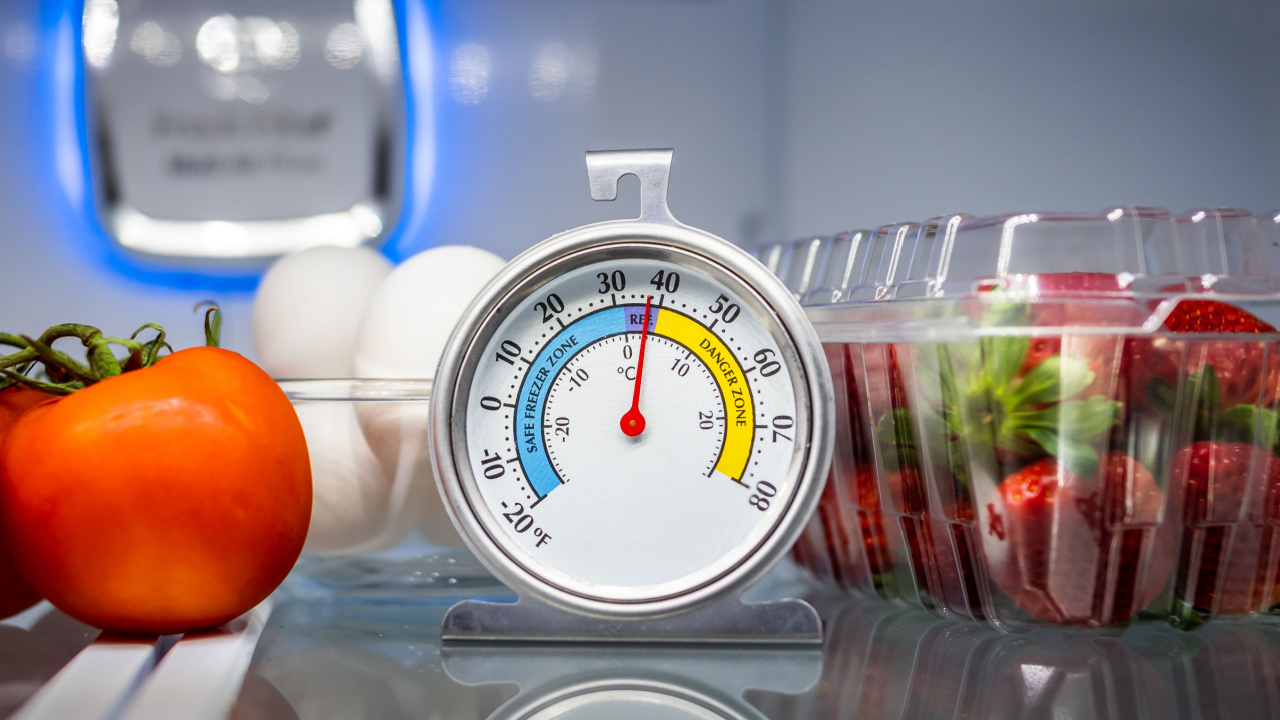
First things first, it’s super important to keep your food at the right temperature. When food gets too warm, especially stuff like meat or dairy, it can start to grow bacteria, and that’s bad news. You want to keep these foods at 40℉ or colder to stay safe. But not everything needs to be kept that cold. Stuff like honey, bread, and potatoes are totally fine at room temperature.
Foods That Need to Be Kept Below 40℉
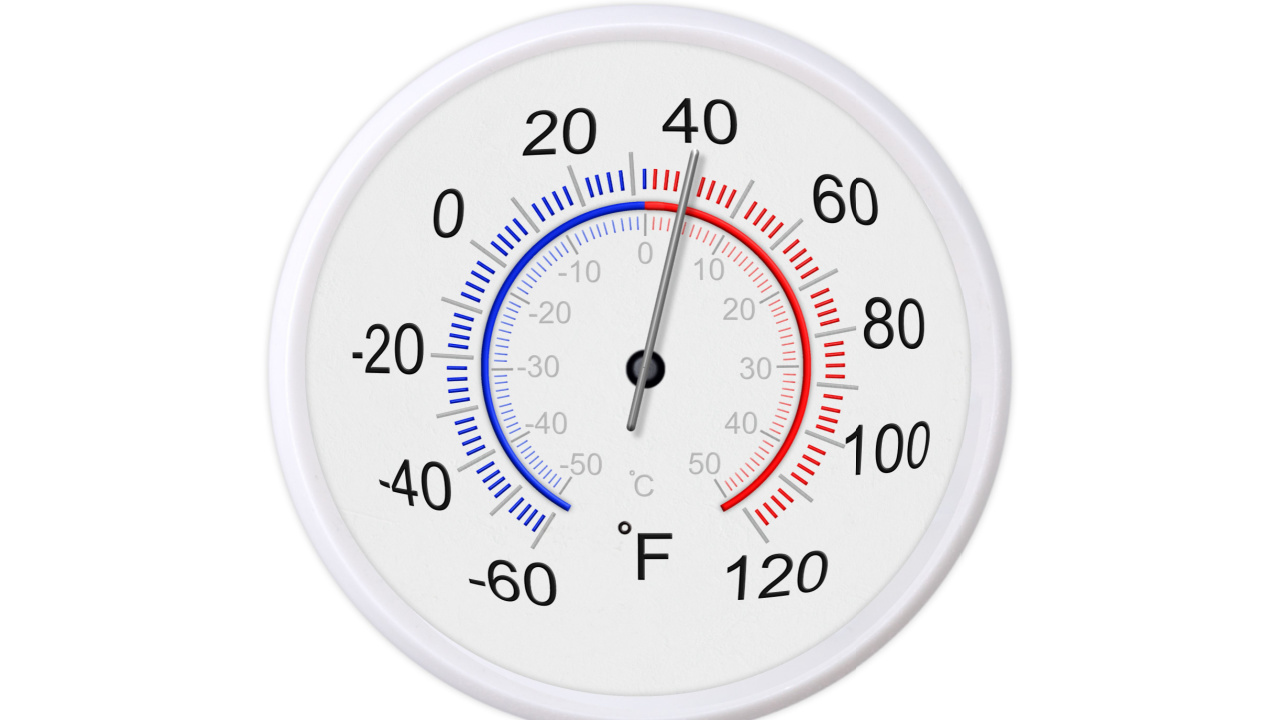
Keeping certain foods cold is non-negotiable if you want to avoid getting sick. Bacteria love to party at warm temperatures, so keeping these items cool slows bacterial growth and spoilage:
- Meat: Whether it’s beef, chicken, pork, or fish, if it’s not cooked, it needs to be cold.
- Dairy Products: Milk, cheese, yogurt, and butter usually need to be kept in a cool place to stay fresh. However, butter can be safely stored at room temperature for a few days in a cool, dry place, though refrigeration is recommended for long-term storage.
- Eggs: Store-bought eggs need to stay chilled. In the U.S., store-bought eggs need refrigeration due to the washing process that removes their protective coating. Farm-fresh eggs do not need refrigeration if they are unwashed.
- Cooked Foods: Leftovers from dinner or meal prep for the week should be stored below 40℉ to keep them safe to eat.
- Opened Condiments and Sauces: Once you crack the seal, most condiments need to keep cool to prevent spoilage.
These foods are at risk of spoiling quickly and can cause food poisoning if they’re not kept at the right temperature.
1. Wrap Your Food

If you’re in a pinch and need to keep things cool for a bit, grab some fabric. Soak it in cold water and wrap it around your food. Put it somewhere shady, and you’ve got yourself a mini cooler. It’s not a long-term solution, but it’s perfect for a day trip without a cooler.
2. Make a Zeer Pot

A Zeer pot sounds fancy, but it’s actually just two clay pots with some wet sand in between. You put your food in the smaller pot, keep the sand wet, and cover it up. The water evaporates, pulling heat away from the inside pot, and boom, you’ve got a natural fridge. People have been using this trick for ages, and it’s pretty cool (pun intended).
3. Try an Evaporative Fridge
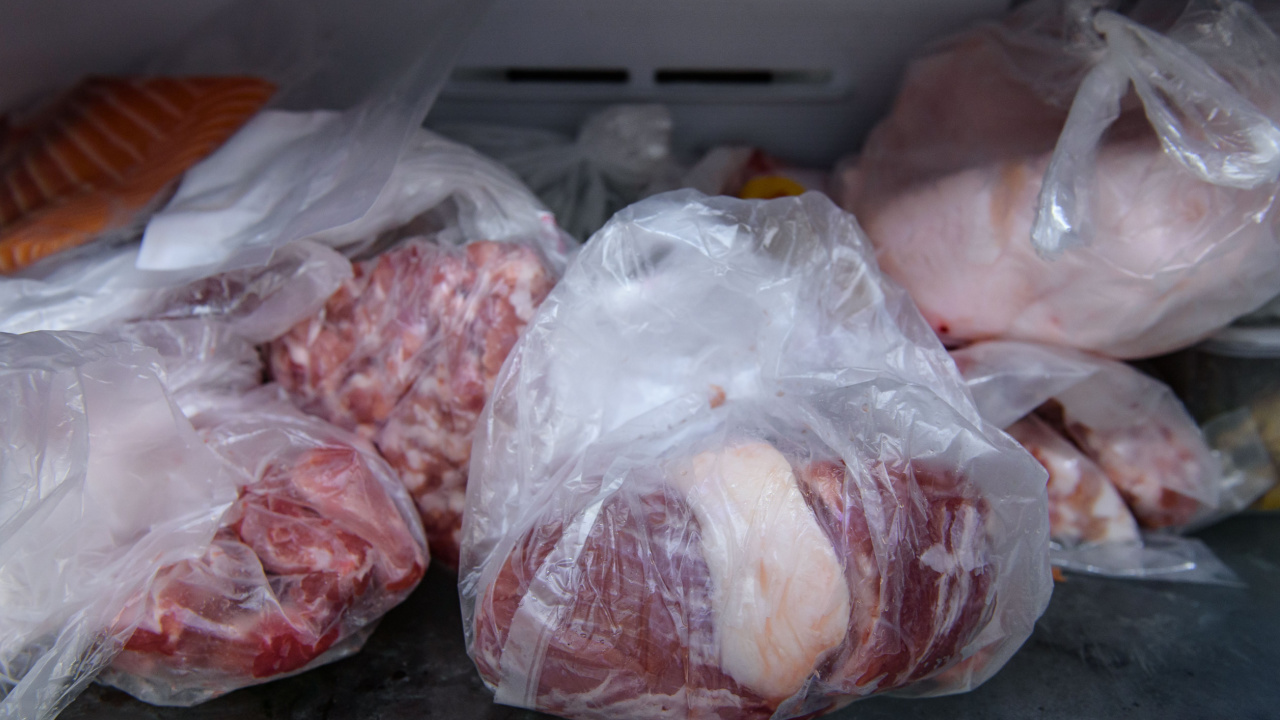
This is like taking the Zeer pot idea and going big. You set up a space where water evaporates all around your food. Suppose you can get a breeze going through it, even better. This works best where it’s dry and hot, not so much in humid places.
4. Bury Your Food Underground

Back in the day, people figured out that it’s cooler underground. This method works best in cooler climates or during the cooler seasons, as the ground might not be cool enough to preserve food effectively in hot climates.
5. Use a Cool Stream

If you’re lucky enough to have a stream nearby, it’s a natural refrigerator. Stream water is moving and cool, perfect for keeping things chilled. Just make sure your food is in something waterproof, or you’ll have a soggy mess.
6. Build a Spring House
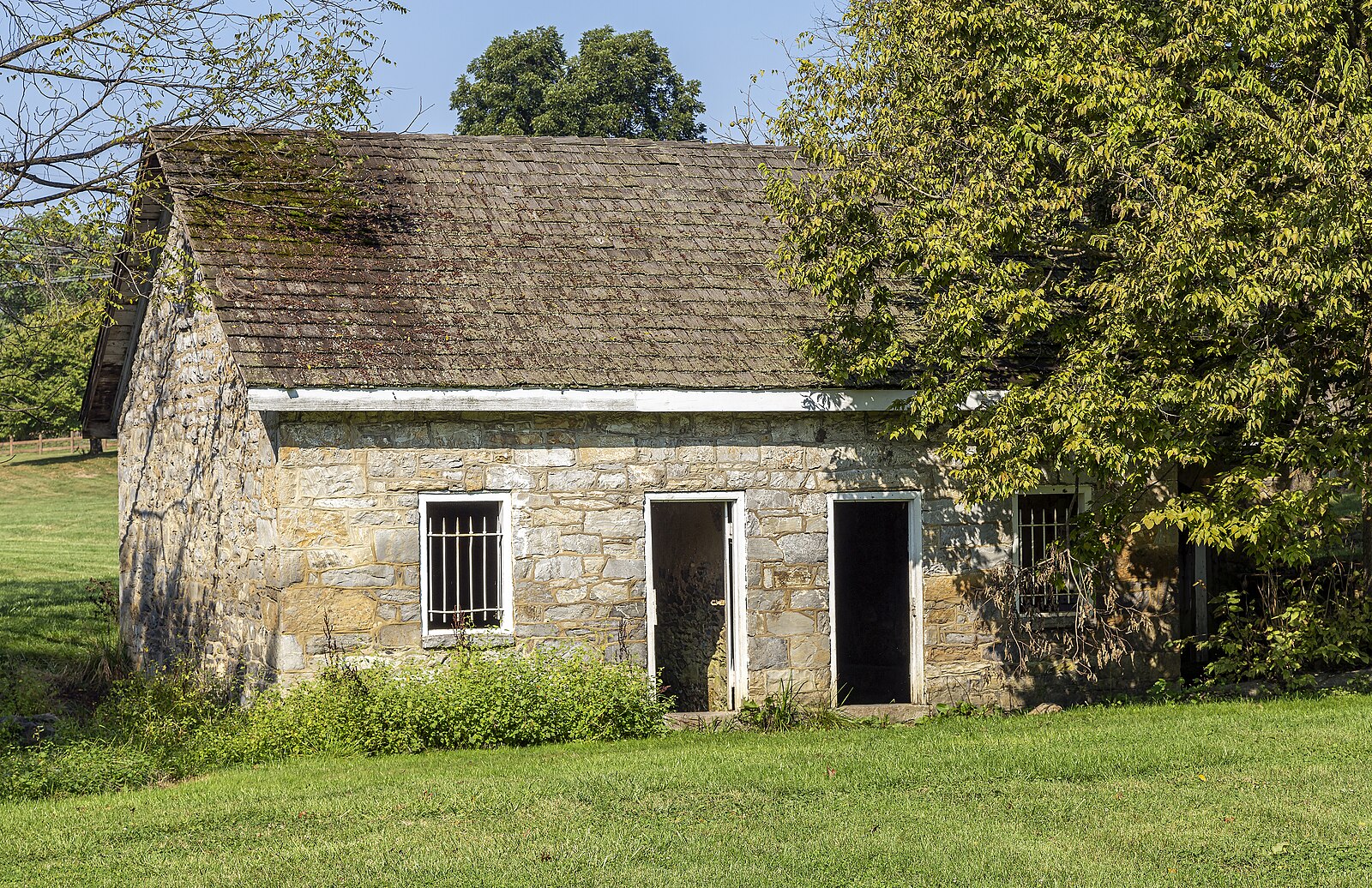
Building a small house over a spring or well requires a bit more work, but the effort is worthwhile. The water maintains a cool temperature in the air inside, creating an ideal space for food storage. This old-school method effectively keeps your supplies fresh.
7. Get an Ice Box

Before fridges, people had ice boxes. Nowadays, obtaining large blocks of ice during warmer months may not be practical unless you have access to commercial ice vendors or live in a region where ice is readily available for purchase. Consider highlighting modern portable coolers as an alternative.
8. Make Your Own Ice House

Speaking of ice houses, building one lets you keep large amounts of ice that you can use in your ice box. You dig a hole, insulate it, and fill it with ice. The ground keeps it from melting too fast. It’s a bit of work but super effective.
9. Build a Charcoal Cooler
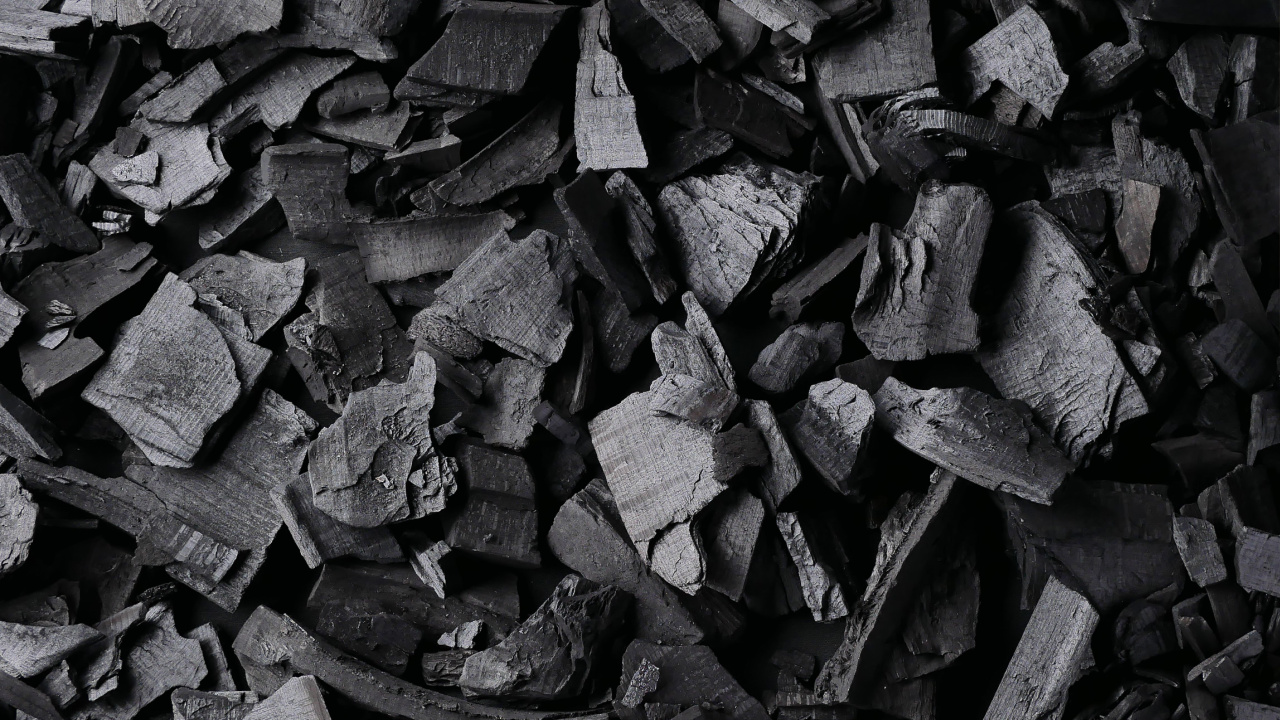
This is kind of like the Zeer pot but with charcoal. You make a frame, fill it with damp charcoal, and as the air passes through, it gets cooler inside. It’s a neat way to keep things cool using stuff you might already have around.
Keeping Your Food Safe

No matter which method you choose, the goal is to keep your food at the right temperature to stop bacteria in its tracks. These nine tips can help you keep your foodstuffs fresh, even when the power’s out. Just remember, it’s all about being prepared and using what you’ve got. Stay cool, stay safe!
23 Smart Ways to Preserve Food
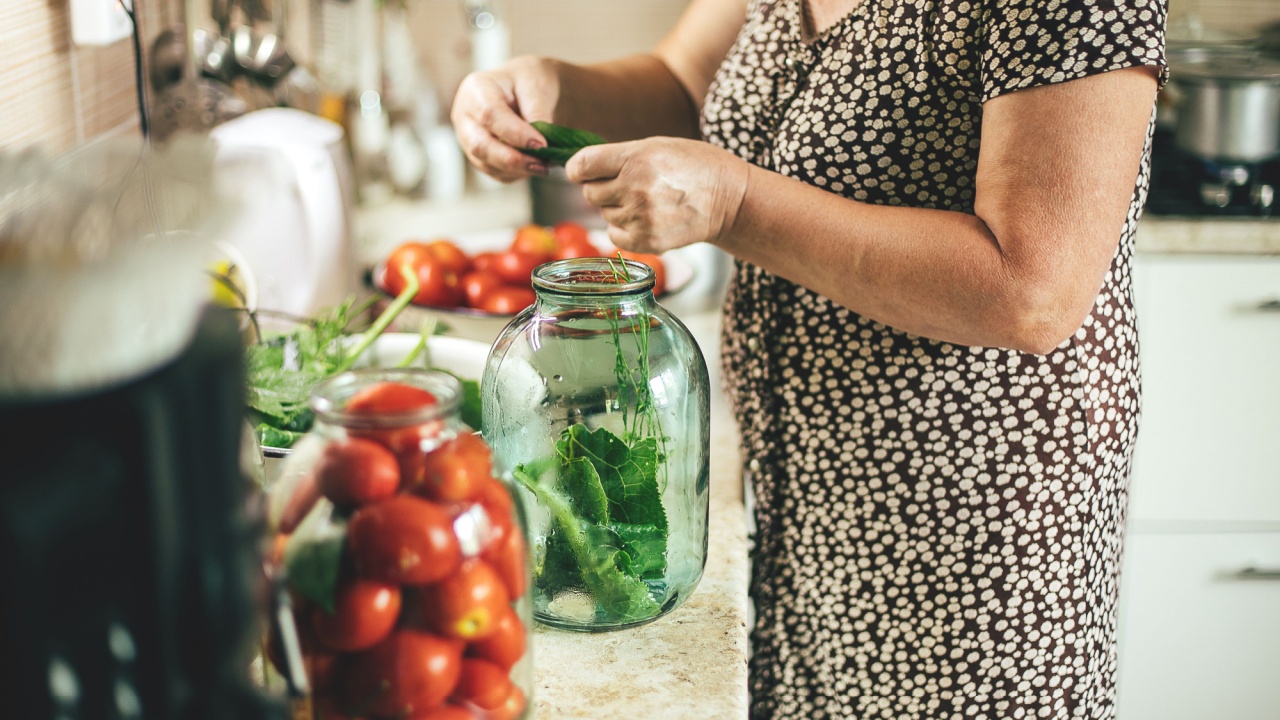
Preserving food is an art as much as it is a science, tapping into our ancestral roots and addressing modern needs. Whether you’re looking to avoid waste, prepare for leaner times, or simply enjoy the fruits of your labor year-round, these 23 smart methods will guide you through.
I’m a huge fan of preserving things I find on sale, gluts of produce from my homestead, or produce I’ve bartered with someone else.
25 Winter Foraging Foods to Save Money on Your Grocery Bill
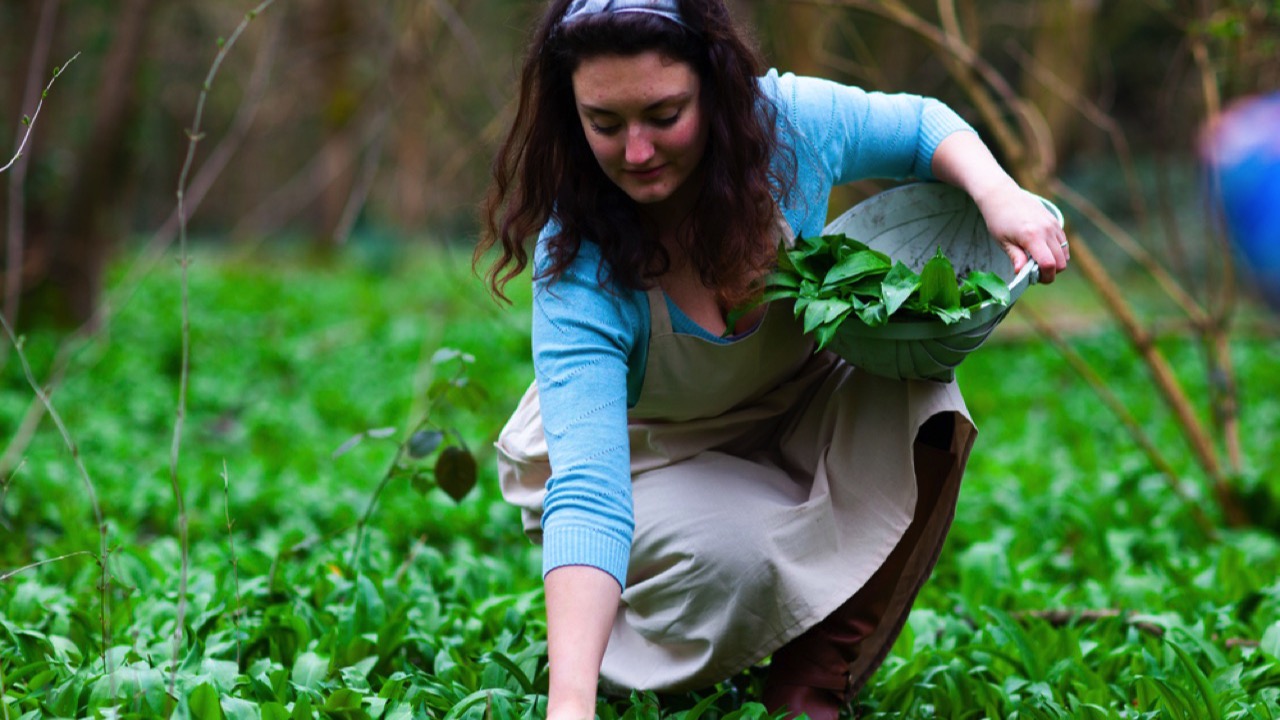
Preparing for a recession is more important than ever in these uncertain times. I understand the challenges and fears you might face, so I’ve compiled these 25 actionable tips to recession-proof your prepping plans.
Each suggestion can help you stay ahead, ensuring that you’re surviving and thriving, even in tough economic times.
20 Crucial Supplies for Surviving a Societal Collapse

In the face of uncertainty, being well-prepared gives you at least some degree of control and security. The thought of a societal collapse, while extreme, prompts us to consider how we might endure without the conveniences of our current lifestyle.
Here’s a list of 20 essential items that could prove indispensable in such a scenario. This guide isn’t about succumbing to fear but embracing preparedness and resilience.

